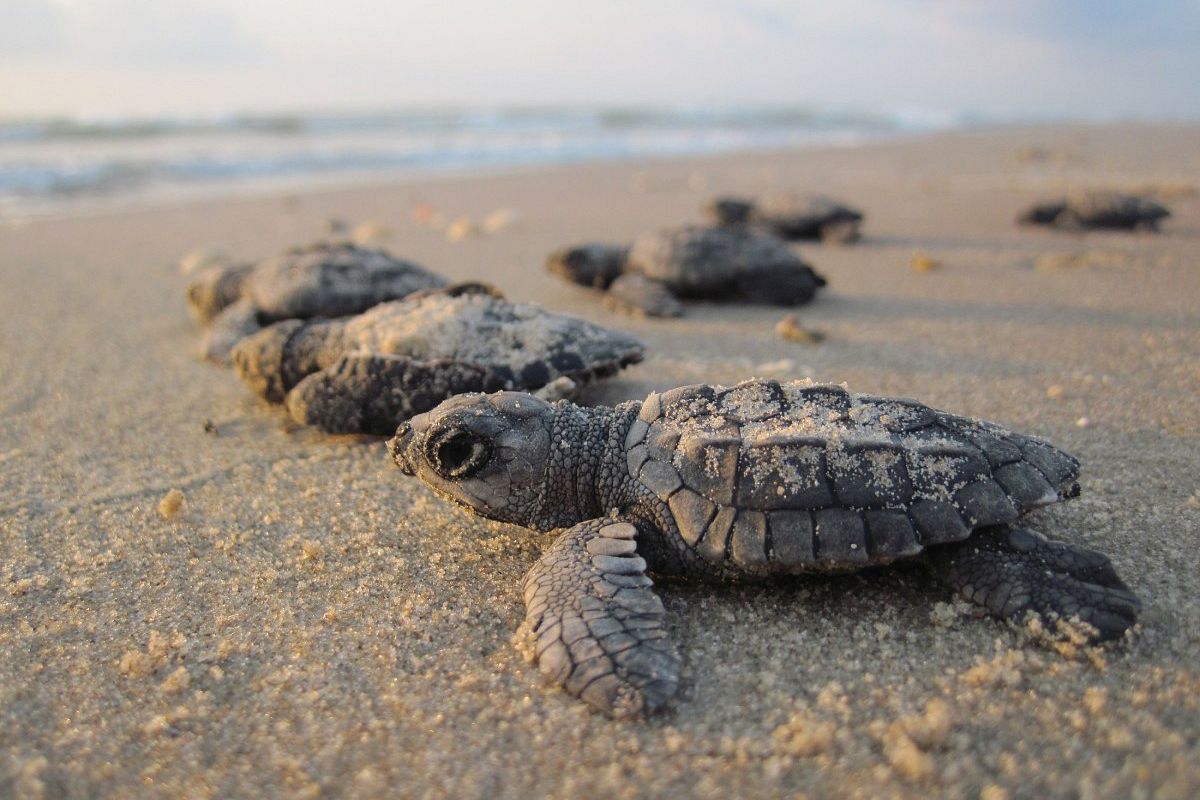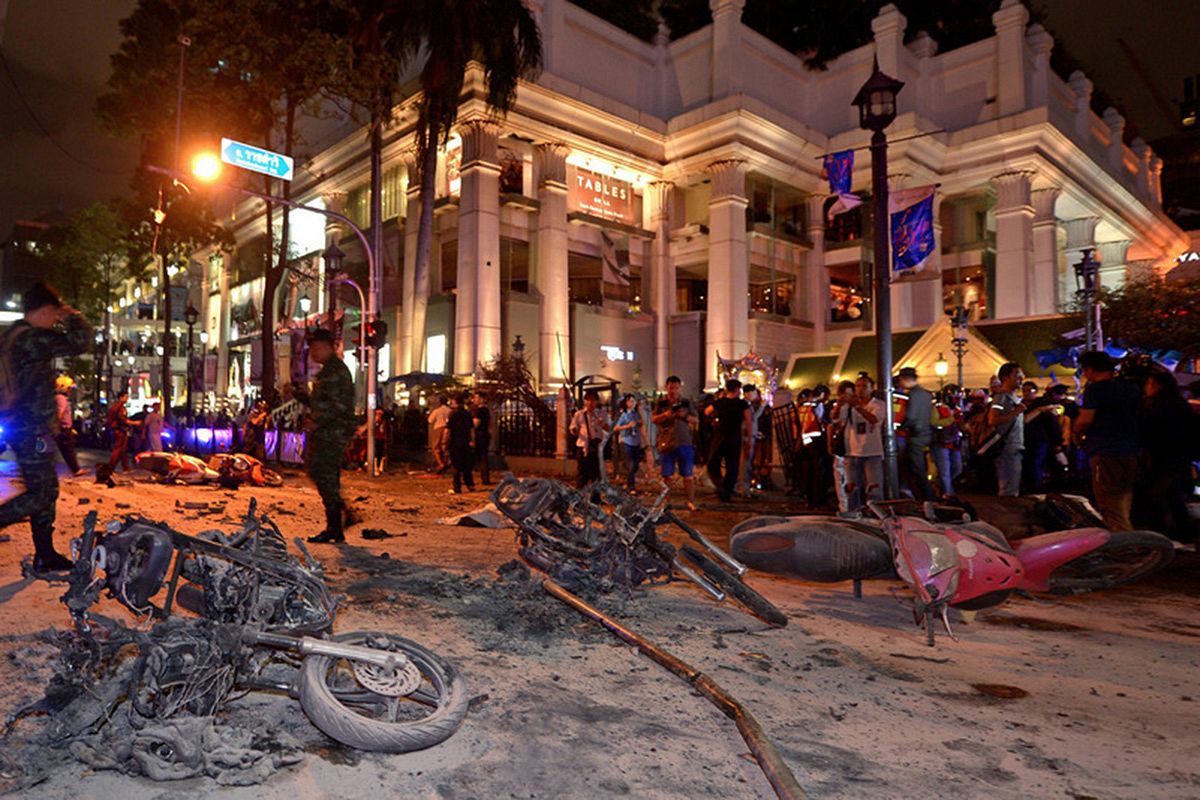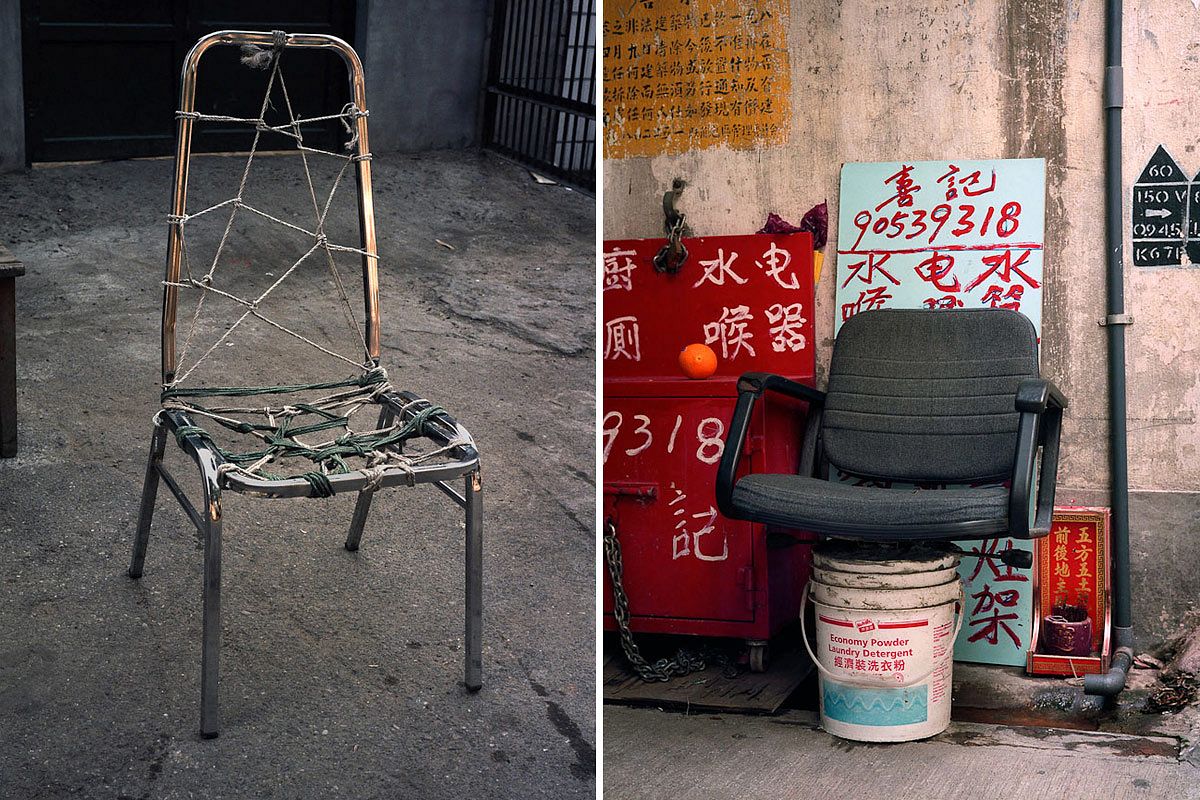With China’s plastic import ban going into effect on January 1, environmental experts worry that Southeast Asian nations will now have to shoulder the bulk of the world's plastic waste.
On July 18 last year, China warned the World Trade Organization that come 2018, it would stop importing scrap plastics from overseas, according to Plastics News. The sweeping ban applies to all yang laji, or “foreign garbage”, including plastics, textiles and mixed paper.
As the world’s most populous country, it is already a herculean task for China to process its own waste, and the ban is only one part of a major initiative to pay more attention to the environment.
Last year China surpassled the US and European Union to become the world’s largest solar power producer, best illustrated by this massive solar farm built in the shape of a panda. Moreover, the East Asian country also closed down some 80,000 factories to curb air pollution.
As of the end of 2017, before the ban on plastic imports, China was the world’s biggest market for the material, accounting for 56% of world imports. Reuters reported that in 2016, it brought in 7.3 million tons of scrap plastics worth US$3.7 billion. Much of this came from its neighbor Japan, as well as the US and UK, which were China’s biggest source of plastics.
Previously, the Asian superpower had welcomed plastic waste from abroad with open arms thanks to its growing manufacturing sector. However, this changed in recent years after local authorities uncovered numerous scandals surrounding these imports, coupled with China’s struggles to process its own waste.
After this, it’s likely that Southeast Asian countries will take over China’s position as the world’s largest plastic-processing region, where tons of plastic waste will be “broken down, cleaned, separated into different plastic resins and finally made into pellets ready to be reshaped into new products”, according to Reuters.
Over the past year, Malaysia, Vietnam, Indonesia and Thailand have all been approached by Chinese investors in the recycling industry to take over the bulk of processing from China. Statistics shared with the Thomson Reuters Foundation noted that, compared with 2016, in 2017, Vietnam’s plastic imports increased 64% to 500,000-550,000 tons. Thailand and Indonesia also took in 117% and 65% more plastics than in 2016, respectively.
Liu Hua, a plastics campaigner from Greenpeace East Asia plastics, told Reuters that in the long term, companies should minimize plastic use. However, in the short run, Southeast Asian countries should tighten environment regulations to limit the harmful effects of chemical waste on human health.
[Photo via Standaard]














